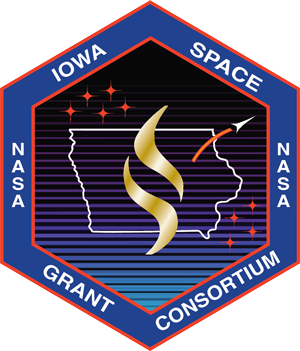My research involves the investigation of the roles that microbial biofilms have in metal corrosion. Since the beginning of the Space Program in 1962, NASA has been combating corrosion. This is especially true for the launch equipment at the Kennedy Space Center that is subjected to exposure to salinity through ocean spray and fog. To combat this, current corrosion protection protocols employ the use of corrosion resistant materials, organic coatings, corrosion inhibitors, and electrochemical protection agents. These methods come at high monetary cost, and can lead to heavy environmental contamination. One alternative method that could be employed to combat this problem is the development of a microbiologically influenced corrosion inhibiting (MICI) biofilm that is applied directly onto metal surfaces as a protective layer.
Biofilms are biological systems that have the ability to accomplish multiple functions, and are both self-healing and adaptive especially when composed of complex microbial communities. Currently, I have am comparing the corrosion outcomes of steel and aluminum surfaces with environmental biofilms grown from various local soil/water sources and pure culture biofilms such as Bacillus cereus, Shewanella putrefaciens, and Pseudomonas fluorescens. Overall, our results will shed light on the complex interactions between naturally occurring microbial biofilms and metal surfaces with a focus on corrosion outcomes. By filling this critical knowledge gap, we will be able to develop a novel 3D printed self-healing biofilm made up of multiple species of MICI bacteria to help combat corrosion.

